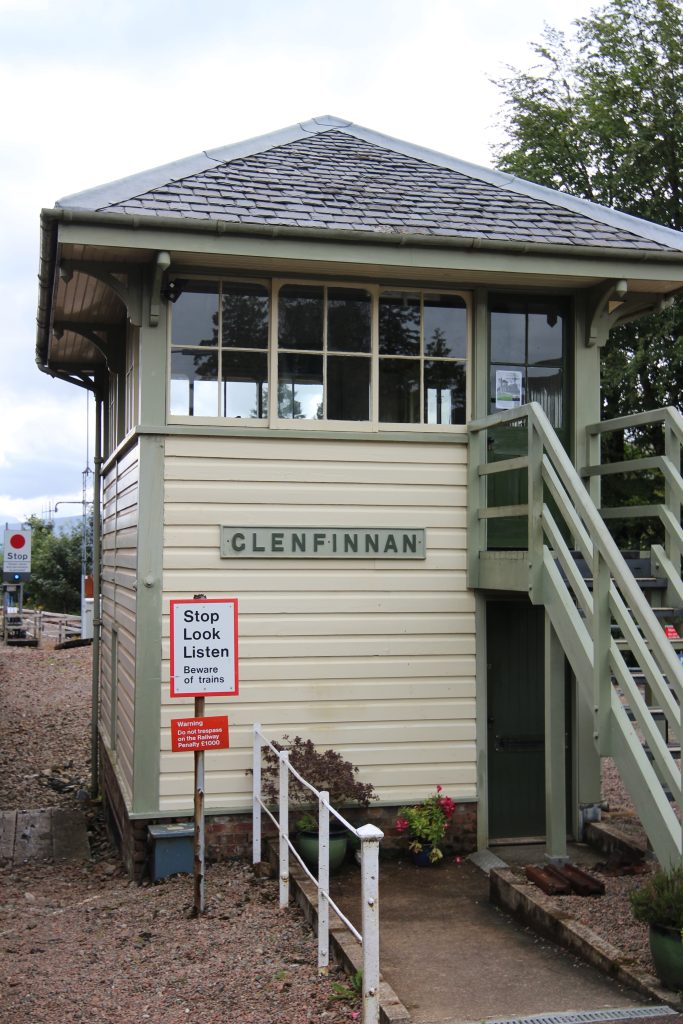
I stood at the head of Loch Shiel, gazing up at the Glenfinnan Monument as the morning mist curled around the surrounding hills. The air was still, heavy with memory. Glenfinnan isn’t just a scenic stop on the West Highland Railway—it’s one of Scotland’s most storied places, where clan loyalty, rebellion, and romantic legend converge in a single dramatic landscape.
🏞️ Glenfinnan: A Highland Hamlet with Monumental Significance
Glenfinnan is a small village in Lochaber, nestled between Fort William and Mallaig. It’s best known as the site where, on 19 August 1745, Charles Edward Stuart—better known as Bonnie Prince Charlie—raised his royal standard and launched the Jacobite Rising. The event marked the beginning of a bold, ultimately doomed attempt to reclaim the British throne for the House of Stuart.
The Glenfinnan Monument, erected in 1815 by Alexander MacDonald of Glenaladale, commemorates this moment. Designed by architect James Gillespie Graham, the 18-meter tower stands at the northern tip of Loch Shiel, crowned with a statue of a lone Highlander. It’s a place of pilgrimage for those who honor Scotland’s Jacobite past, and the views from the top—if you brave the narrow spiral staircase—are breathtaking.

🛡️ Clan Connections: MacDonalds, Camerons, Macraes, and Macfies
The Jacobite standard wasn’t raised in isolation. Bonnie Prince Charlie was met at Glenfinnan by members of several Highland clans, including:
- Clan Donald: The MacDonalds of Glenaladale were instrumental in organizing the gathering. Alexander MacDonald, who later built the monument, was a key supporter of the Jacobite cause. The MacDonalds were one of the largest and most powerful clans in the Highlands, with branches across Lochaber, Skye, and the Western Isles.
- Clan Cameron: Led by Donald Cameron of Lochiel, the Camerons were among the first to pledge support. Lochiel’s leadership was crucial in rallying other clans to the cause, and his troops formed part of the right flank at the Battle of Culloden.
- Clan Macfie: Though smaller and less well-known, the Macfies of Glenfinnan played a symbolic role. A member of the clan was one of two pipers who played as the standard was raised, and many Macfies fought alongside the Camerons at Culloden.
- Clan MacDonnell: Closely related to the MacDonalds, the MacDonnells also sent men to Glenfinnan. Their support reflected the deep inter-clan alliances that shaped the Jacobite movement.
These clans shared more than military allegiance—they shared cultural ties, Gaelic language, and a fierce loyalty to the Stuart cause. Their participation in the 1745 Rising was a defining moment in Highland history.
🏘️ Surrounding Communities: Lochaber’s Living Heritage
Glenfinnan is surrounded by communities that carry the legacy of the clans and the Jacobite era:
- Fort William: Just 19 kilometers east, Fort William was once a government stronghold during the Jacobite uprisings. Today, it’s a bustling town and gateway to Ben Nevis, Britain’s highest mountain.
- Arisaig and Morar: West of Glenfinnan, these coastal villages are part of the route Bonnie Prince Charlie took after landing at Loch nan Uamh. Arisaig is known for its stunning beaches and strong Gaelic traditions.
- Kinlochmoidart: South of Glenfinnan, this area was home to the MacDonalds of Kinlochmoidart, who hosted the prince before the standard was raised. The ladies of Kinlochmoidart are said to have sewn the Jacobite flag—a red silk banner with a white square inset.
- Mallaig: A fishing port and ferry terminal to Skye, Mallaig lies 42 kilometers west. It’s the terminus of the West Highland Railway and a key link to the Hebrides.
These communities are connected by more than roads and rail—they’re bound by shared history, landscape, and a sense of Highland identity that endures.
🚂 The Glenfinnan Viaduct: Engineering and Enchantment
Just a short walk from the monument is the Glenfinnan Viaduct, a sweeping arc of 21 concrete arches built between 1897 and 1898. Designed by “Concrete Bob” McAlpine, it was a pioneering structure at the time, using non-reinforced concrete to span the valley.
Today, the viaduct is world-famous thanks to its appearance in the Harry Potter films, where the Hogwarts Express crosses it en route to school. The Jacobite steam train still runs from Fort William to Mallaig, offering one of the most scenic rail journeys in the world.
🕊️ Legacy and Reflection
The Jacobite Rising of 1745 ended in tragedy at Culloden, just eight months after the standard was raised. Many of the clans who gathered at Glenfinnan suffered devastating losses. Bonnie Prince Charlie fled into exile, and the Highland way of life was forever changed.
Yet Glenfinnan remains a place of pride and remembrance. The monument, the viaduct, and the loch all speak to a history that’s both romantic and raw. It’s a place where the past isn’t just remembered—it’s felt.
If you ever find yourself in the Highlands, make the journey to Glenfinnan. Stand beneath the monument. Watch the steam train curve across the viaduct. Listen to the wind echo through the glen. You’ll be standing where history rose—and where it still whispers through the hills.
Sources:
Glenfinnan – Wikipedia
ScottishHistory.org – Jacobite Standard at Glenfinnan
Visitors Guide to Scotland – Glenfinnan
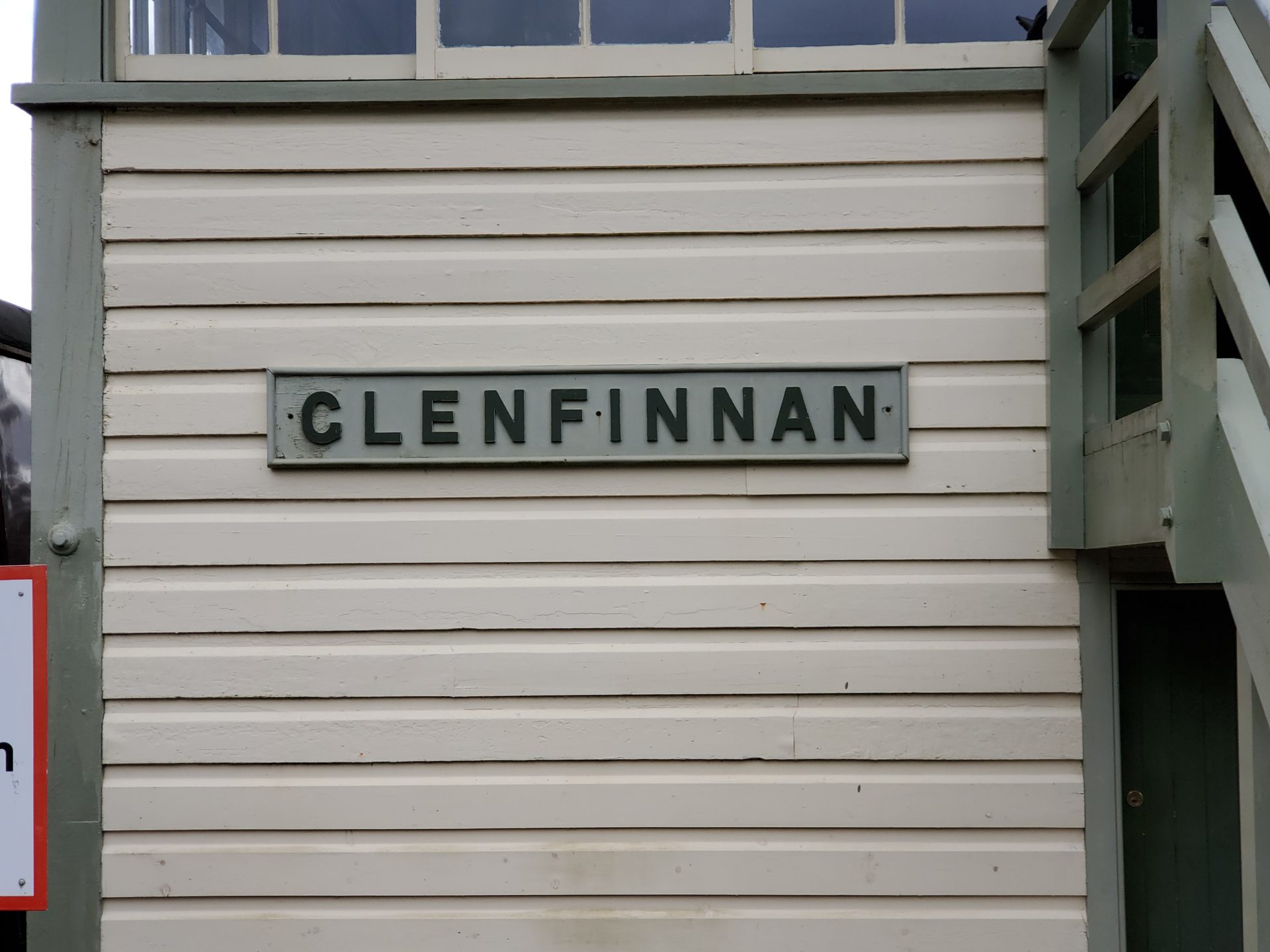
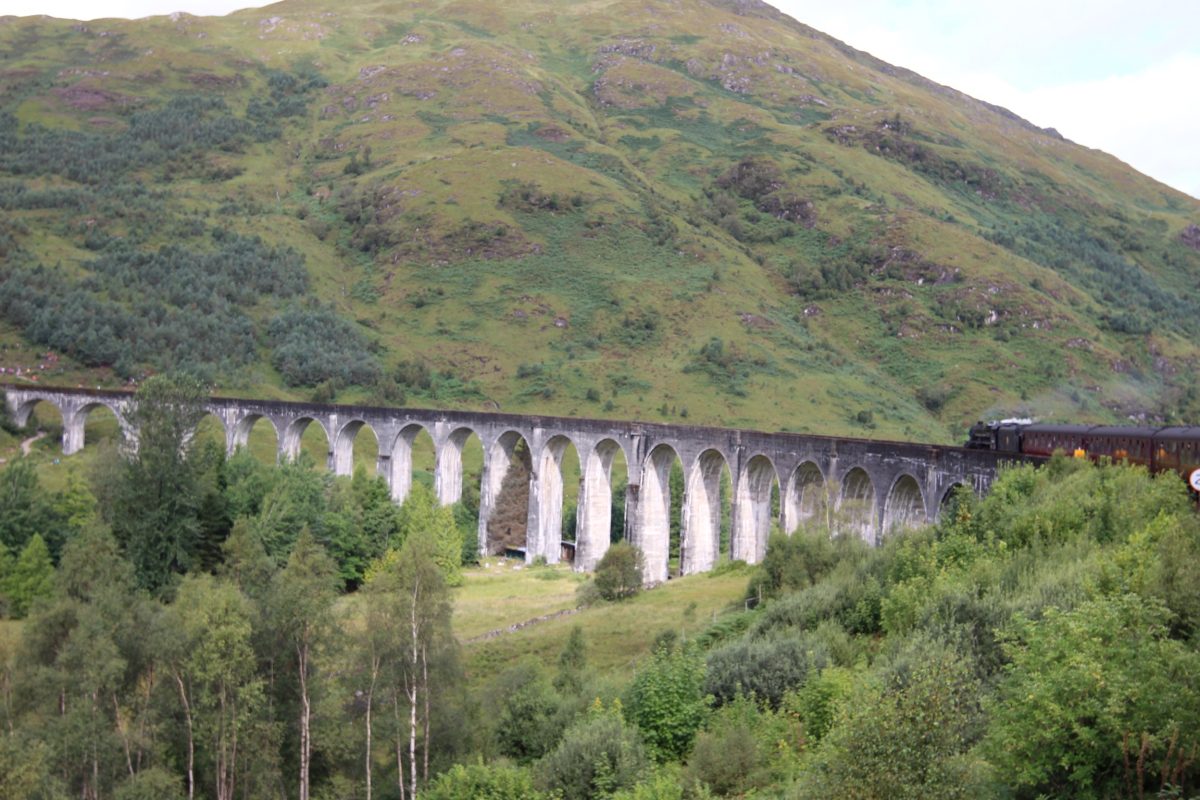
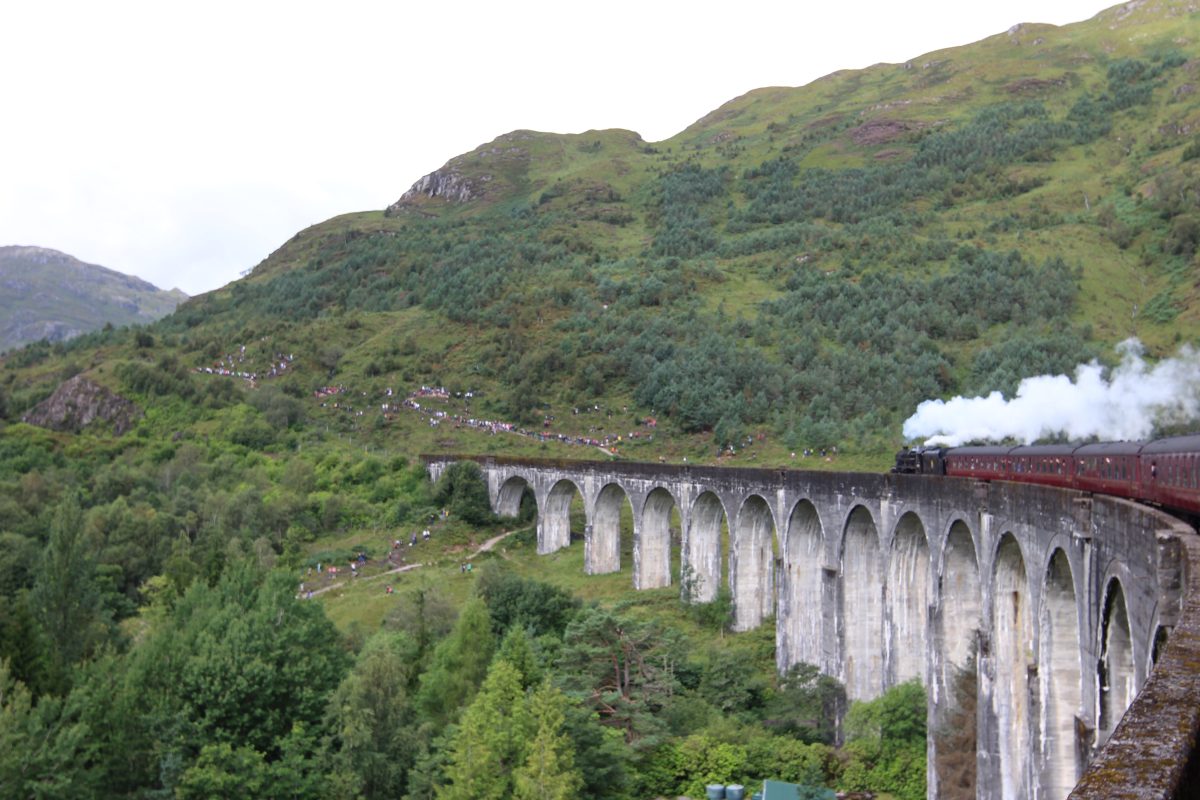
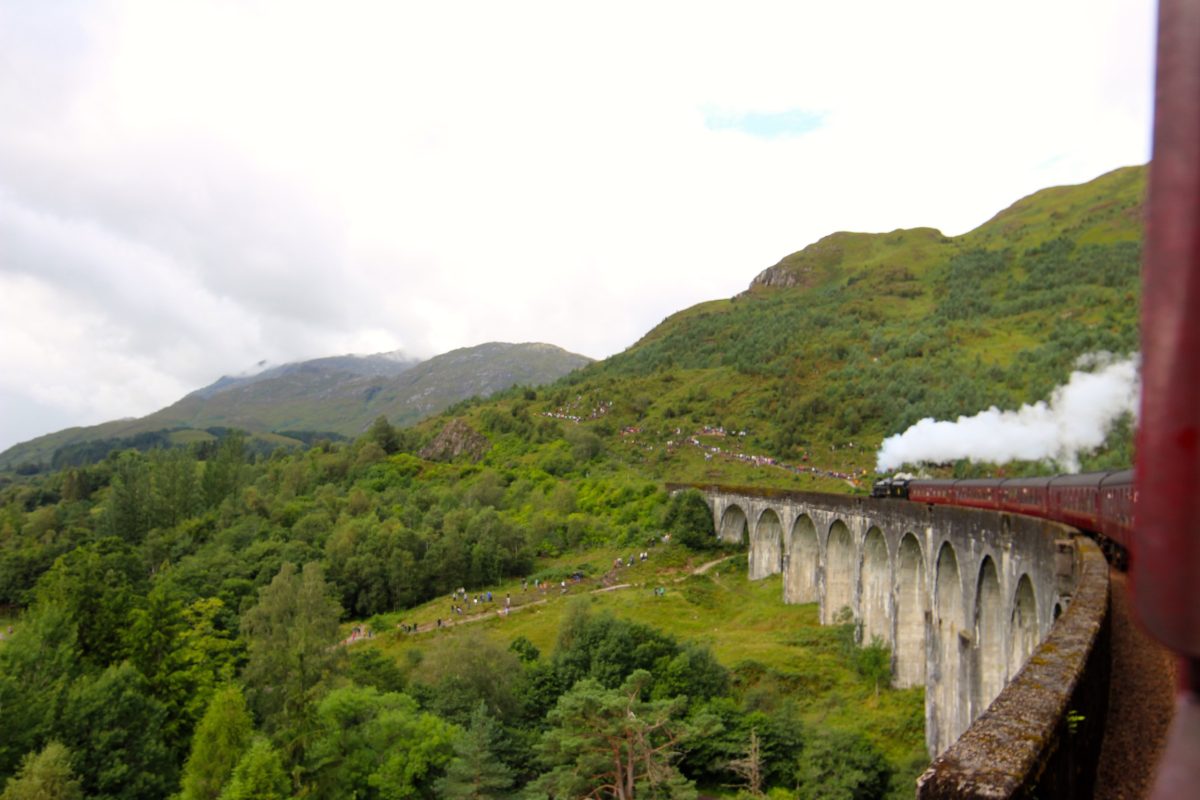
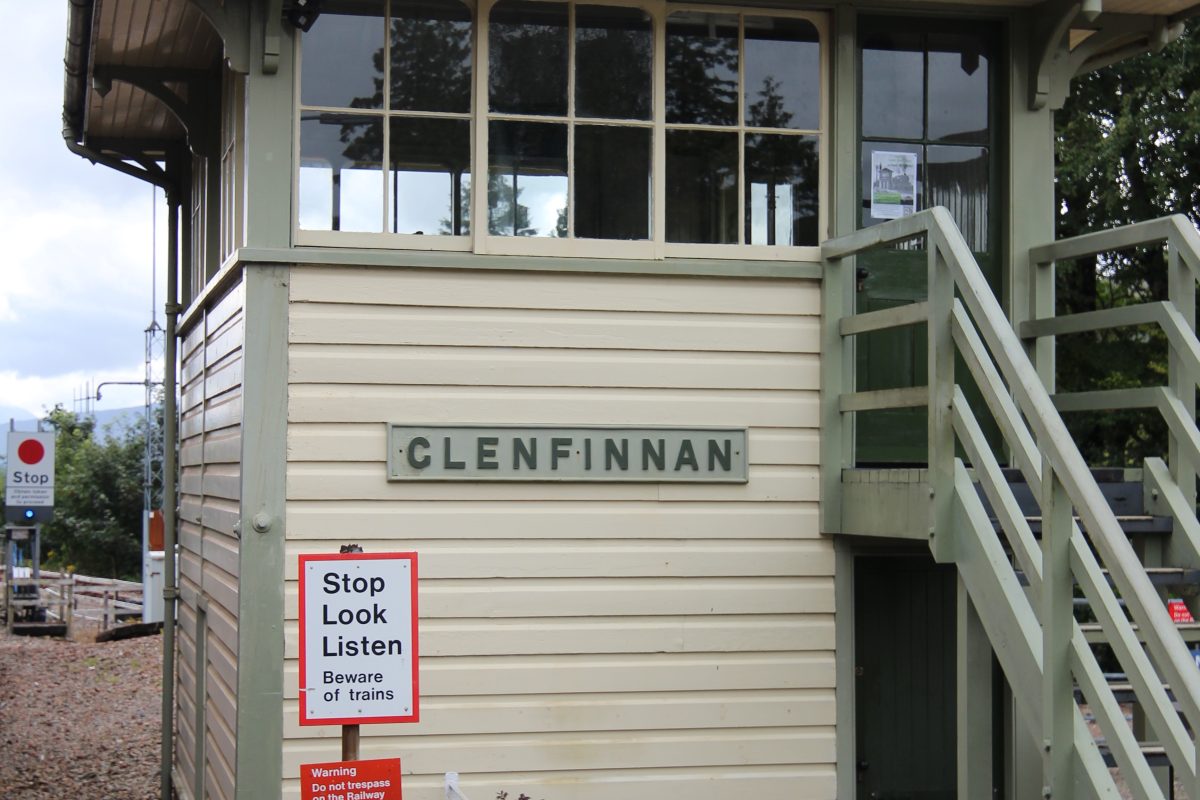
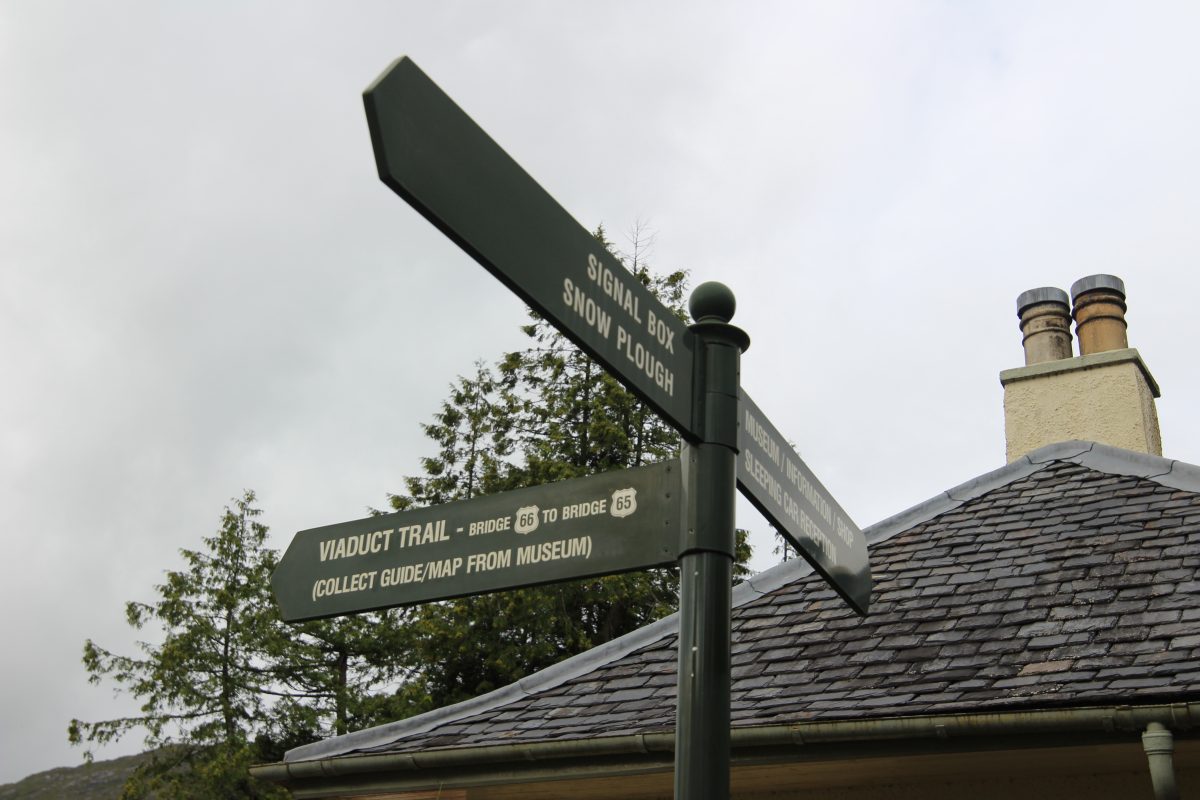
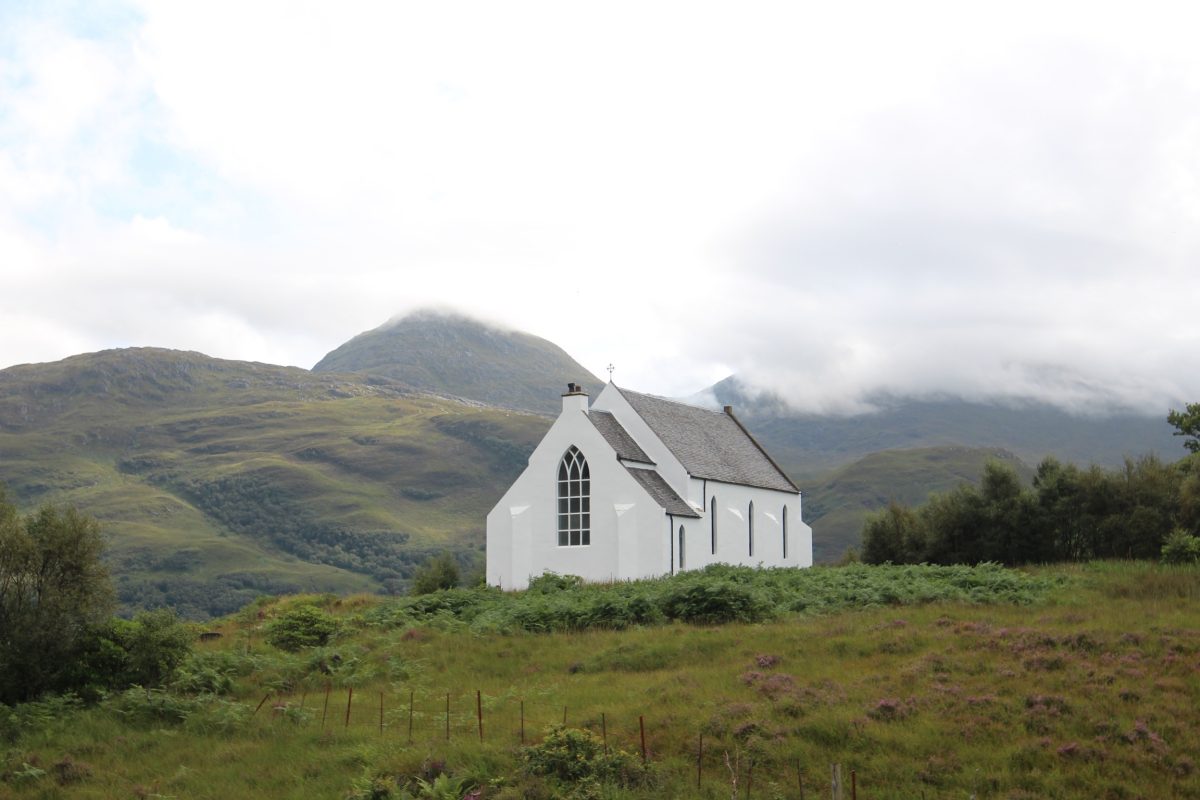
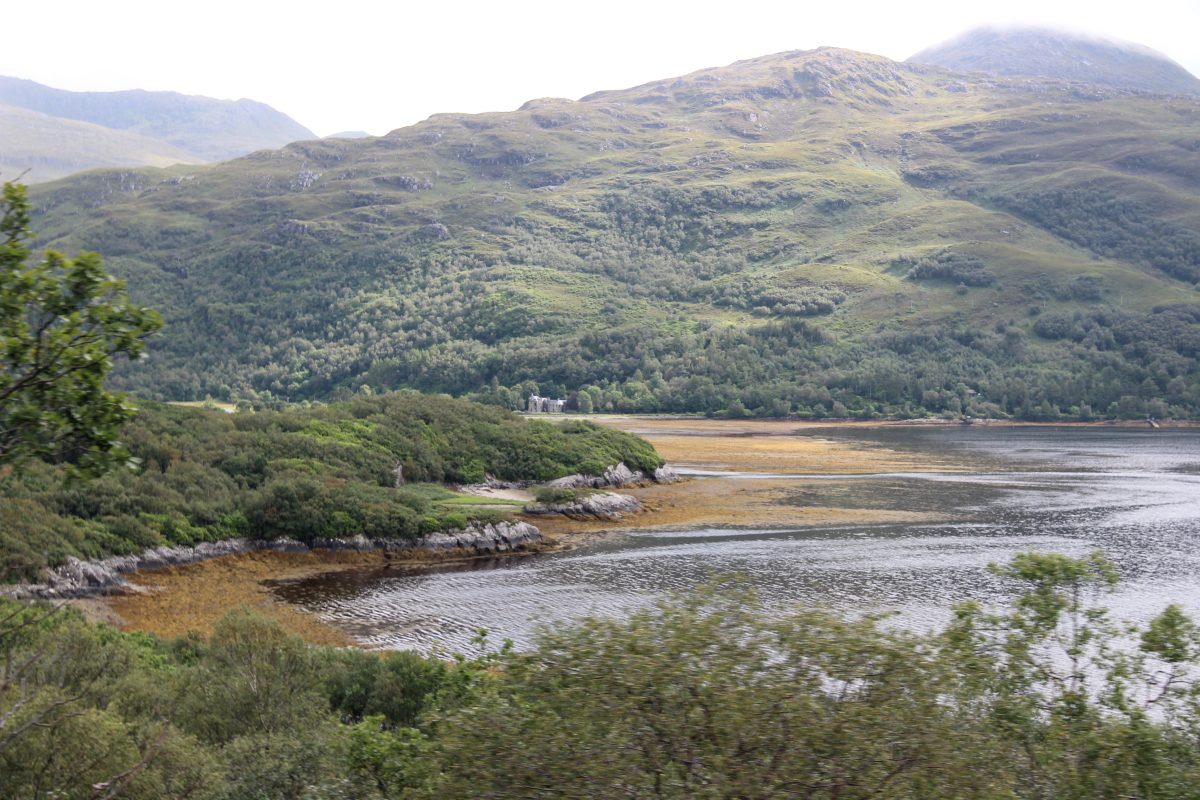
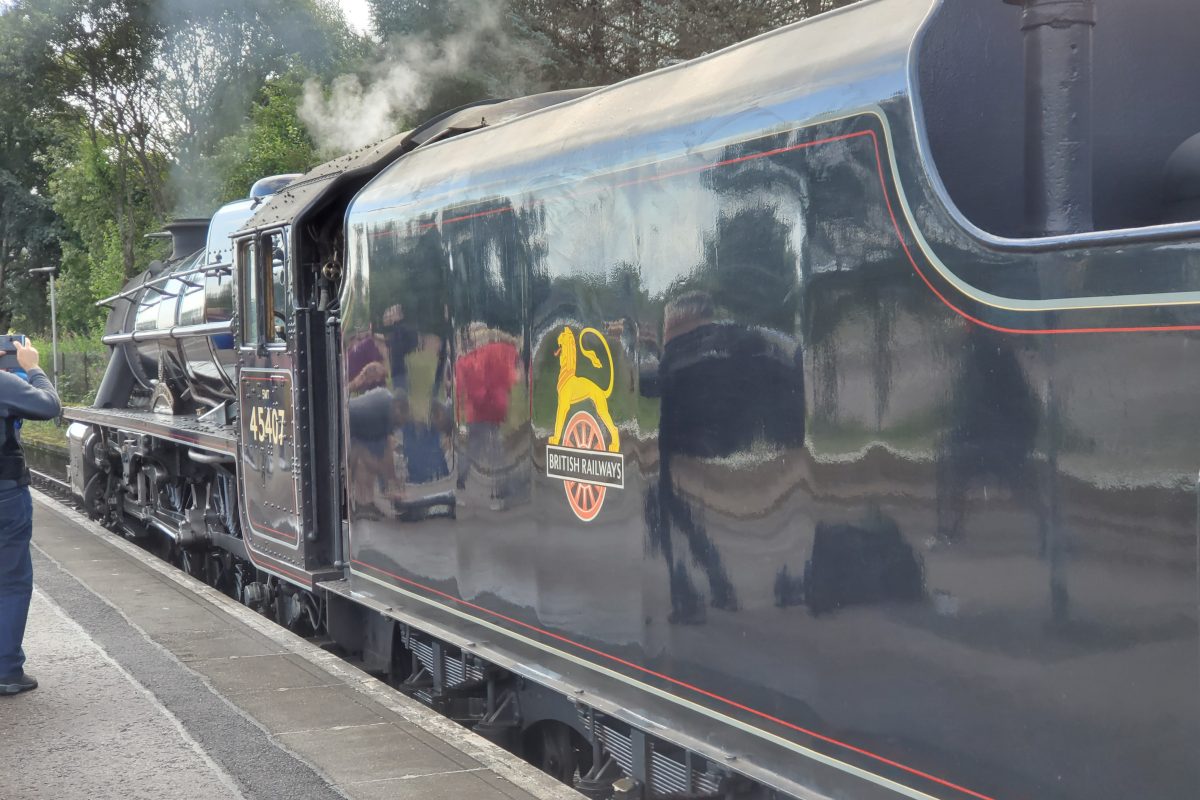
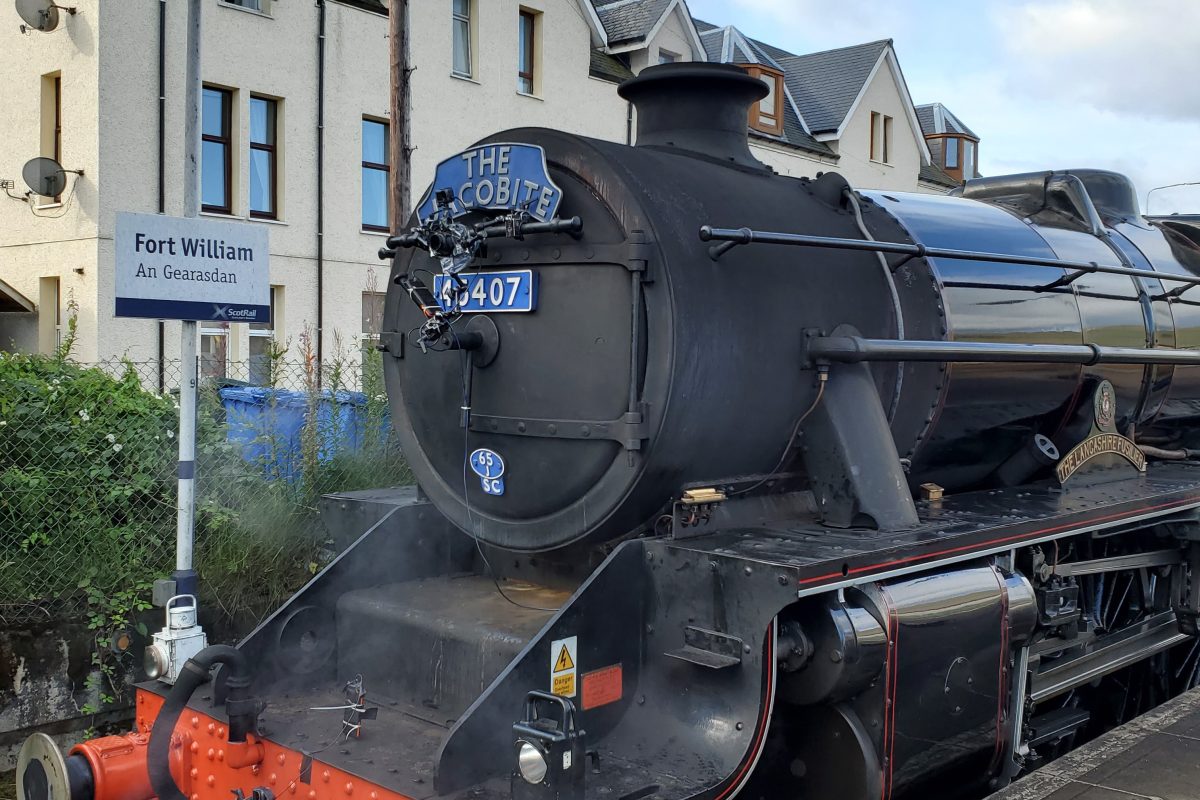
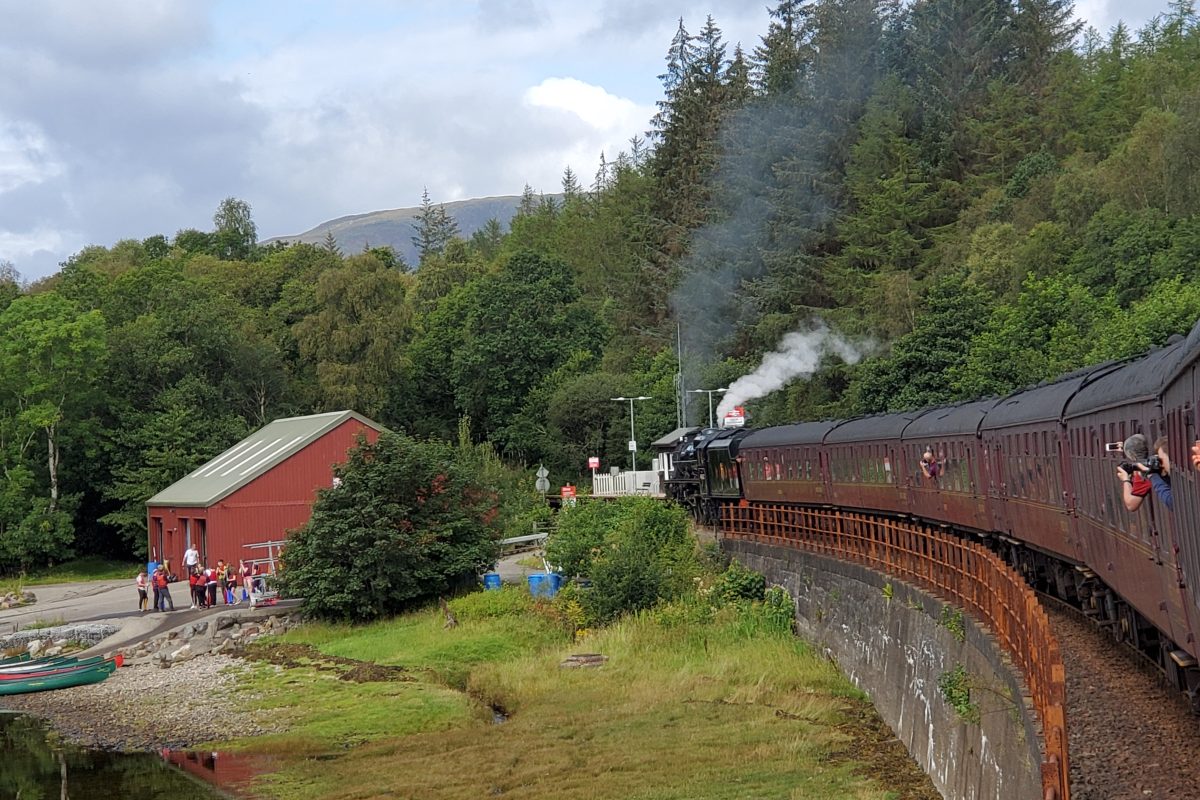
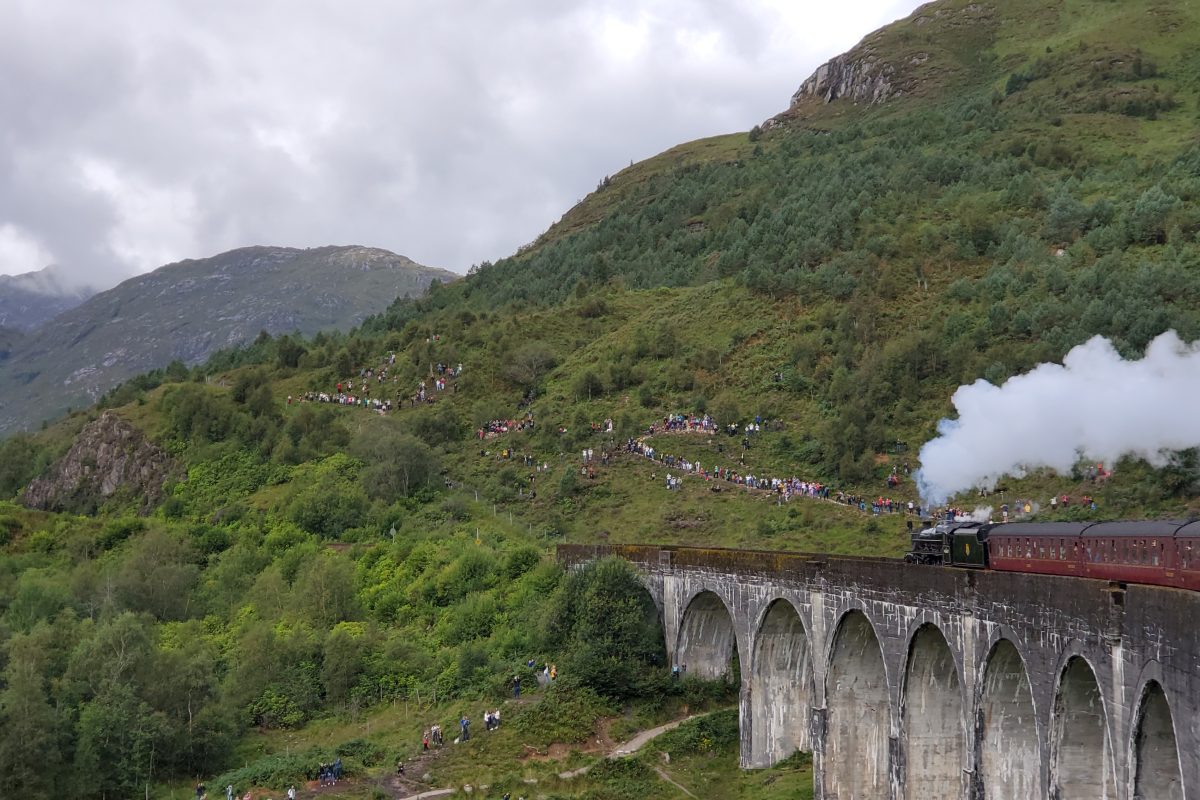
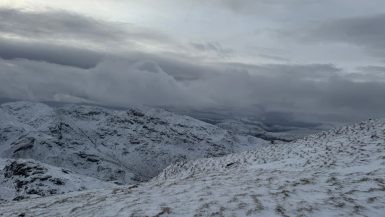
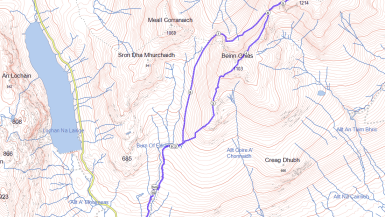
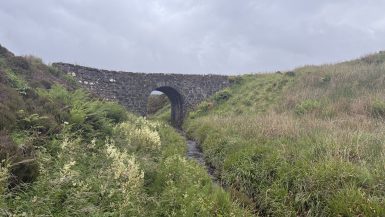
Leave a reply
You must be logged in to post a comment.